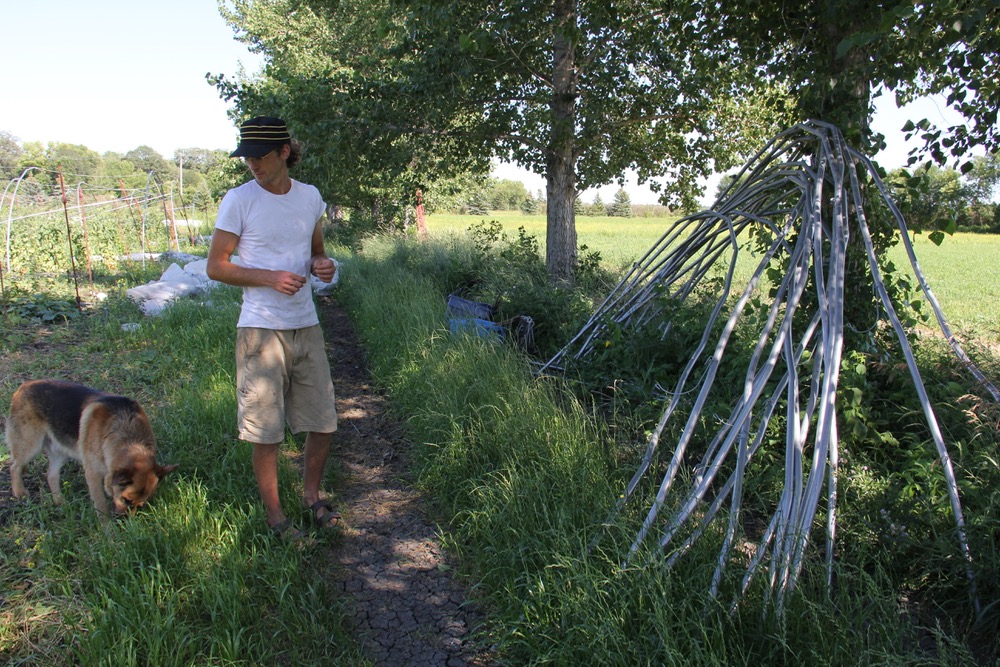A centuries-old remedy of spreading kidney bean leaves on the bedroom floor traps the biting insects
Scientists at University of California Irvine and University of Kentucky are trying to mimic a traditional Balkan bedbug remedy to help fight the bedroom scourge.
Their work was motivated by a centuries-old remedy for bedbugs formerly used in Bulgaria, Serbia and other southeast European countries. Kidney bean leaves were strewn on the floor next to beds and seemed to ensnare the blood-seeking parasites on their nightly forays. The bug-encrusted greenery was burned the next morning to exterminate the insects.
Researchers have documented how microscopic hairs on kidney bean leaves effectively stab and trap the biting insects, according to the Journal of the Royal Society Interface.
Read Also

Project to push food system up Canadian priority lists
“Canada’s Food System: Our Food. Our Future” looks to deepen the average Canadian’s understanding of the food system and get them paying more attention to its value
Bedbugs have made a dramatic comeback in the U.S. in recent years, infesting everything from homes and hotels to schools, movie theatres and hospitals. The nocturnal parasites’ ability to hide almost anywhere, breed rapidly and “hitchhike” from place to place makes detection difficult. They can survive as long as a year without a blood meal.
Doctoral student Megan Szyndler, entomologist Catherine Loudon and chemist Robert Corn of UC Irvine and entomologists Kenneth Haynes and Michael Potter of the University of Kentucky collaborated on the new study.
Using the bean leaves as templates, the researchers have microfabricated materials that closely resemble them geometrically. The synthetic surfaces snag the bedbugs temporarily but do not yet stop them as effectively as real leaves, Loudon said, suggesting that crucial mechanics of the trichomes still need to be determined.
Theoretically, bean leaves could be used for pest control, but they dry out and don’t last very long. They also can’t easily be applied to locations other than a floor. Synthetic materials could provide a non-toxic alternative.
“Nature is a hard act to follow, but the benefits could be enormous,” Potter said. “Imagine if every bedbug inadvertently brought into a dwelling was captured before it had a chance to bite and multiply.”














